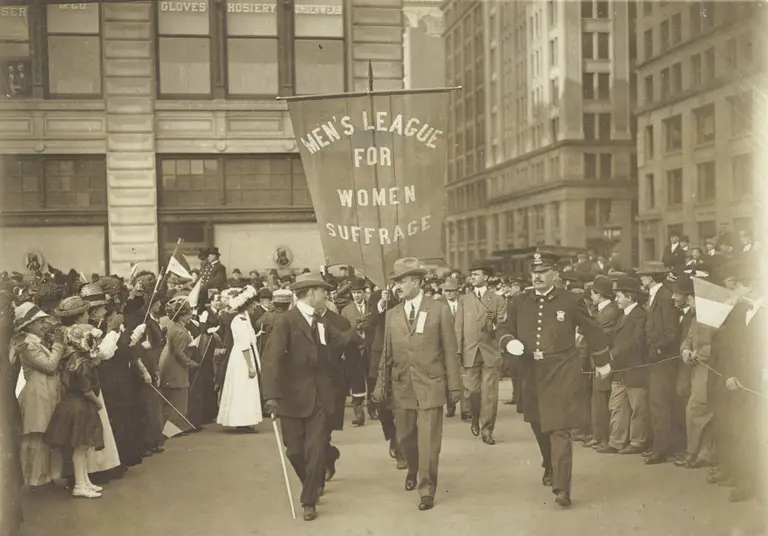
All photos included in this post were taken at Co-op City in the early 1970s and are courtesy of Co-op City
50 years at Co-op City: The history of the world’s largest co-operative housing development
READ MORE

All photos included in this post were taken at Co-op City in the early 1970s and are courtesy of Co-op City

Photo of 801 Broadway by Jim Henderson via Wikimedia Commons

Andy Warhol in 1968, via Wiki Commons

Via Wiki Commons

“Manhattan Island in the Sixteenth Century,” from the Memorial History of New York, 1892, via NYPL

Plans for a never-built “Italian Fountain” at the Bronx Zoo, disapproved by the Commission Feb. 10, 1903; DC French’s “Brooklyn” and a Guide to Prospect Park via PDC

Yorkville Theater, 86th Street between Lexington and Third, via Wikimedia

Members of the Men’s League for Women’s Suffrage March in a 1915 Suffrage Parade, via the Carrie Chapman Catt Papers at Bryn Mawr College

“Bird’s-eye View of the Southern End of New York and Brooklyn, Showing the Projected Suspension–bridge over the East River from the Western Terminus in Printing-House Square,” drawn by Theodore Russell Davis (1870)

Photo by Phil Roeder / Flickr

Gracie Mansion via NYC.gov

The Ansonia in 1904, via Wiki Commons

The Hill-Stead Museum via Flickr cc